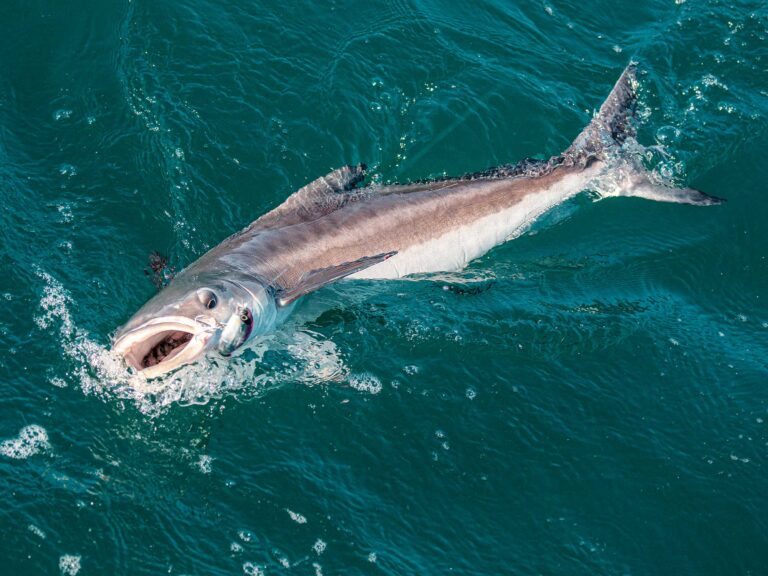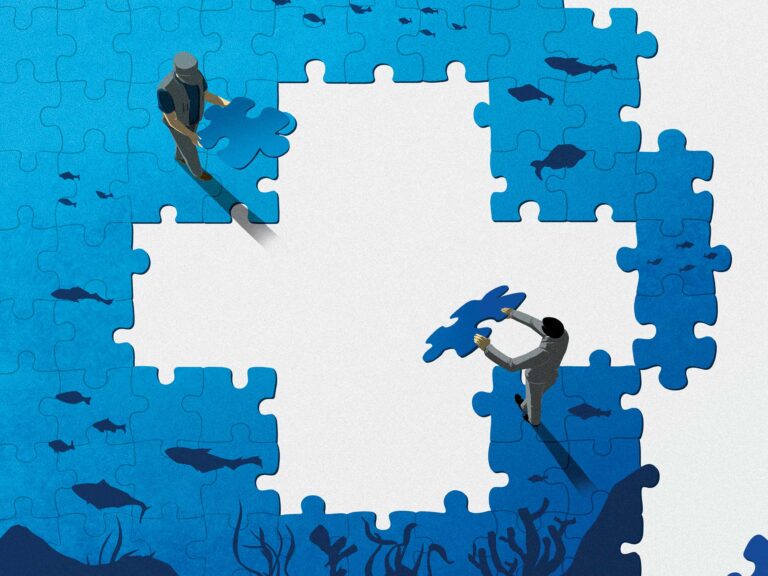
Billy Pate
I choose the long rod to pursue fish, and therefore I am a member of a fraternity of people who live with a passion for fly-fishing. I do not see it as a game or a sport; I see it as a connection to the universe. Someone once said that there are matters of life and death, and then, there is fly-fishing. Passion drives people like me. Passion drove Billy Pate. Billy Pate was a person who lived fly-fishing so intensely that it is hard to imagine.
I must admit that I wish I knew him better — there are many more qualified to write this remembrance than I am. Cam Sigler Sr., a dear mutual friend, introduced me to Billy around 2006. I had the privilege to spend three seasons getting to know him at his home in Islamorada, Florida, interviewing him for a feature I wrote in 2009 for this magazine titled “The World Wide Sportsman.”
The first year was splendid as Billy told me his stories one after another, and he let me rummage through his tackle room and look through his gear and flies. He uncovered his boat and climbed up into the forward platform. He showed me how he could operate the boat from his perch and have the best angles on the approaching fish. He talked like an excited kid, never with any hint of arrogance or superiority, almost with humility.
The next season seemed a little different, a slight but perceptible confusion — we continued going through his adventures in the 40 countries he’d fished and things that happened on distant continents, but some of the details were fuzzy and unclear. In the winter between the second and third seasons I got a call from Cam telling me that he had recently talked to Billy and that, if I wanted to finish my interviews, I had better move because, he said, Billy was beginning to deteriorate quickly.
When I arrived, the childlike vigor had gone, and Billy was having trouble remembering certain details. He died in April 2011 at the age of 81. What follows is the way I want to remember him.
Billy is a member of a pantheon of anglers who go back to the mists of time. Only a few modern-day anglers have dedicated themselves so completely. He has inspired a whole generation of younger anglers to go out and find the places in the world where they can do the undone, see what has never been seen, go where few have gone. Billy sought his whole life for the Indo-Pacific blue marlin and the 200-pound tarpon, both of which just exceeded his reach — close, oh so close, but not quite in his grasp. As it was with Billy, these things drive us and inspire us to reach beyond our grasp. People like Billy Pate inspire us to reach further.
Though Billy might have missed his Pacific blue and his 200-pound tarpon, he definitely accomplished many things during his life. The true worldwide sportsman and the quintessential Southern gentleman achieved more than almost any other angler. He was the first to catch all six species of billfish on fly; the first to catch a golden dorado on fly; the first to win the Gold Cup, the Hawley and the Golden Fly tournaments; the first to catch a white, black, and blue marlin, also con la mosca. There are so many firsts that the list goes on and on.
These firsts were not accidents, not by a long shot. Billy learned as a young man how to strategize, see the outcome of an endeavor, and execute the plan to completion. When his father decided to sell the family carpet-manufacturing factory, Billy convinced his dad to give him a month to make a competitive offer to buy the business. Billy laid an ingenious plan to make deals with his existing customers for advance orders, leveraged the proceeds with the bank and made the purchase.
Billy engineered his accomplishments and had the tenacious drive to execute whatever goal he set out to achieve. A pioneer at heart, he always wanted to reach beyond what had been done, not so much to outdo competitors (not that he did not have a competitive spirit — he did) but to do the undone.
In his youth he was a competitive water skier, favoring ski jumping. Despite losing his left kneecap at age 21 in an automobile accident, he went on to win second place in the nationals.
Some years later, when he discovered blue-water fly-fishing, he spent some time off the coast of Ecuador with a friend, Dr. Webster Robinson, a pioneer in catching Atlantic sailfish, Pacific sailfish and striped marlin. Billy resolved that he had to catch not only those but also the other three species of billfish never caught on fly, giving him the near ultimate slam. He needed the white, black, and blue marlin (there are two subspecies of blue marlin, the Atlantic and the Indo-Pacific blue). Billy was the first to achieve the slam, finishing it off with an Atlantic blue marlin caught in Havana, Cuba, on Aug. 21, 1979. Not only did he catch all six, but they also were all world records. While the slam was complete, Billy wanted to catch the Indo-Pacific blue, but it was not to be.
Next Billy turned his attention to world-record tarpon, which became a driving obsession. In usual fashion, he planned, envisioned and executed. In 1982, Billy established a world record at Homosassa, Florida, for a 188-pound tarpon caught on 16-pound tippet, that stood for 21 years. Billy spent the next years of his life chasing the elusive 200-pound girl from Homosassa to Gabon, Africa, and even to deeper, darker places one only hears of but does not really want to go.
Billy always talked about the wonderful friends he’d made wandering the world and the beautiful places where he was allowed to visit and pursue his passion.
So many stories, so little time, as Billy said; it’s about the people you meet on the way and the friends you keep. Passion drives us to reach beyond our grasp. There are matters of life and death, and then, there is fly-fishing.









